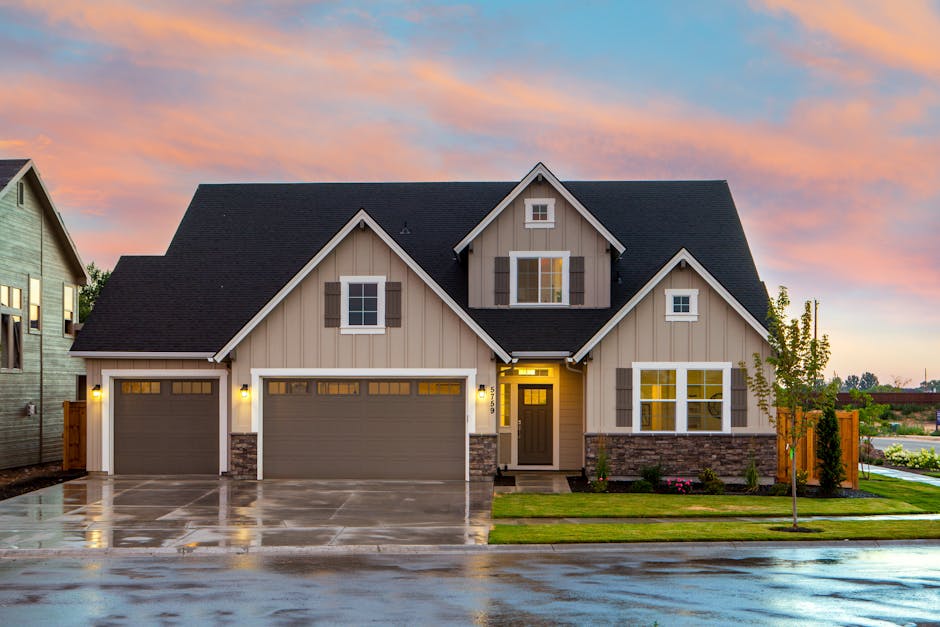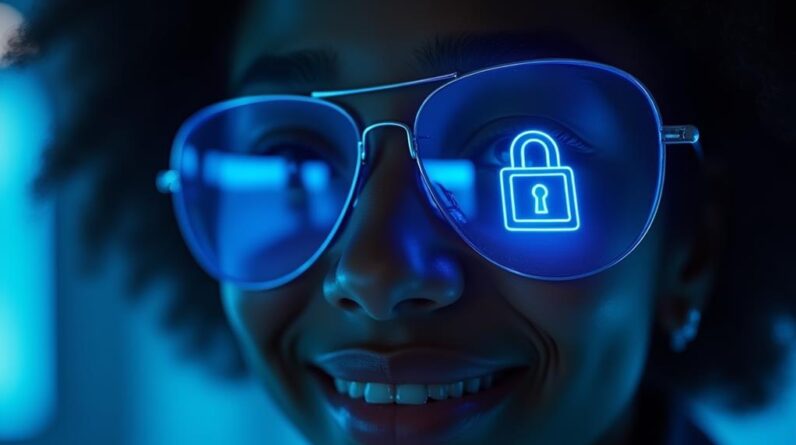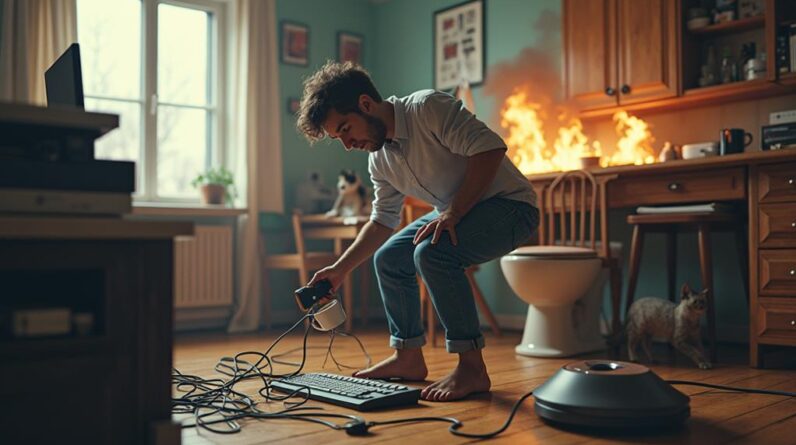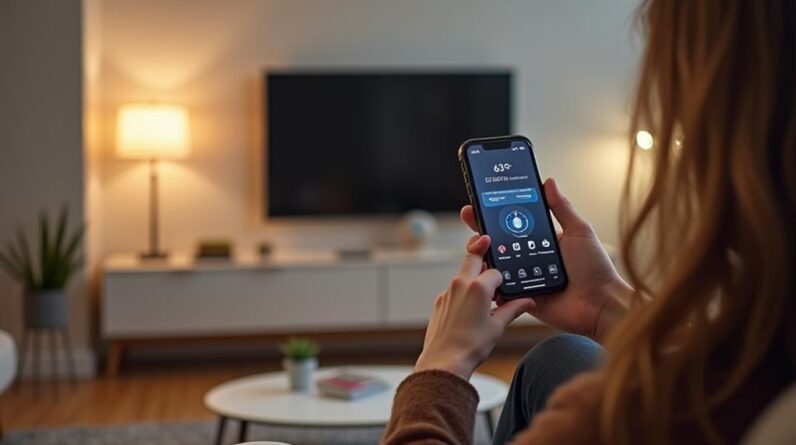
Hello Automaters. Thanks for tuning in
again. I'm a little under the weather so I'm gonna keep myself off-screen a lot
here and do a lot of narration but what I want to do today is show you part one
how I do smart home lighting in smaller spaces. So I'm going to show you
a closet in a laundry room as well as another type of closet basically with a
door on it and what I'm going to do with those different spaces is tell you how
much it cost for me to go ahead and set up this smart lighting system and then
on top of that tomorrow what I will do is give you part two which is the how to
set that for the first part of the tour let's head over to my laundry room where
I have a pair of Sengled Element Classic light bulbs connected to a Samsung Smartthings Hub so you can see the two light bulbs in that space so you can do this with
multiple bulbs if you need to and that's a multi-purpose sensor that as I close
the door it's creating the automation to just shut off the light so this ensures
that the laundry room door stays closed because the sound bugs me but it allows
you to also as the door opens ensure that there's lighting immediately now
you can see how close here as I just open up the door a little bit how close
the sensor has to be in order to trigger and you could add time delays to this if
you wanted to delay how long it takes for it to shut in the laundry room
here's all of the equipment that you would be required to have a Samsung
Smartthings hub you will need one of those but then you can replicate this
system throughout your home a hundred times so you only need one of these hubs
and then you can go out and get many many devices now the hub is $70 to start
then you can add single element bulbs these are $10 for a one pack and it
actually goes down from there they can make a direct connection to Samsung
smartthings hub without their own hubs so this is literally a $10 add-on now
the multi-purpose sensor you saw was an older version or of version two of Samsung Smartthings but you can also use the version three it is
a $20 multi-purpose sensor and both pieces stick to your doorframe with 3M
tape that comes in the box so that's the entire cost if you want to do this the
first time it is $70 plus another 10 plus another 20 it is $100 to start but
thereafter every room is essentially $30 to replicate the laundry room setup that
you saw.
If you need multiple bulbs obviously you're adding another $10
every time now let's head up to my bedroom and we're going to go into my
closet where I have a Philips Hue bulb attached again to Samsung Smartthings
and what I've also put is a motion sensor so you can see as I enter the
room the light fades on and that's one nice thing about Philips Hue bulbs and
then you can see the motion sensor now I had to play with the direction of that
motion sensor a little bit but there's the Philips Hue bulb at the top there so
yeah that direction of this motion sensor I had to move it kind of to the
side because it actually saw really far into my bedroom so you have to do some
playing there now the thing with both of these setups is that you will need to
leave your light switch on so that's going to be a requirement for both of
these two setups that I've done in the laundry room and in my walk-in closet
the closet solution gets a little more complicated when you're talking about
starting out and the costs now what I'll tell you is you will need a Philips Hue
hub which comes in at around $60 but you have to buy starter kits from Philips
and the base starter kit with four bulbs in it is $100 so that puts the relative
worth of the hub at about $60 you would also with my setup need a Samsung
Smartthings hub and we've already talked about that being $70 on top of that you
would then need to buy the motion sensor which is a $25 add-on so all told for
your initial setup $100 for the 4-pack Philips bulbs and the hub a $70 touch
for the Samsung SmartThings hub and $25 for the motion sensor puts you at a
hundred and ninety five dollars us but there after once you're just adding
rooms and let's assume you only need one bulb that is a on average twelve dollar
bulb from Philips hue and a $25 motion sensor from Samsung SmartThings so on
average every room you add will be thirty seven dollars or if you need two
bulbs up to about fifty dollars now there is a third option and Philips you
has their own motion sensor that you can go and purchase and they sell for around
$40 us right now you can see from the webpage I'm on it's a $30 u.s.

Product
right now and when you buy in multiples they do go down in overall so what you
could do is eliminate the need for a Samsung SmartThings hub entirely if you
didn't want to use that and some of the other solutions you've seen in this
video you could go ahead and add that and what that means for your cost is if
we assume this is a $40 motion sensor plus a $12 bulb it is fifty two dollars
to do every room and you would only initially need the Philips hue hub and
after that you could just continue to add rooms for that fifty two dollars so
now let's move on just to a closed door closet a very simple smart home solution
the easiest solution for a closed door closet basically you don't need
necessarily lighting in there and all this is is a small sensor right here
this is a motion sensor and what it will do is as it senses motion it will turn
on this strip light right here it's just an LED strip light and it's very very
low-power know initially what you do is you put in four triple-a batteries in
here and then the device is live and I'll leave links down below for all of
the products that I go through here today but this is a $15.00 for a closet
for a smaller closet solution what I would tell you is because of the 3m tape
you just stick it on the wall wherever you'd like it we'll need to see the door open and closed in order to kind of sense that
motion and turn on correctly but this is a very very simple solution for what I
would call smart home lighting now one last thing to tell you about these I
have these outdoors because really I'm not worried about a $15.00 device I have
these in sheds and so basically as you enter my sheds they're turning on as you
go to different parts of the shed so there you go guys that's the cost and
the different methods that I use to do smart home lighting in small spaces at
my home come back tomorrow for part two of this where I show you how to actually
set these up
As an Amazon Associate I earn from qualifying purchases.







